I am trying to implement FFT, and I am OK with the code etc, but the general order of things is confusing me.
Am I right in thinking that this is the correct order of things to do?
Input -> Overlap input -> Windowing -> FFT -> Phase calculations/Overlap compensation -> Output
I'm getting results close to my input frequency, but they are consistently off by some factor that I can't work out, i.e. 440Hz is always 407Hz, 430Hz is always 420Hz.
The main bit that is confusing me is the initial overlap, as I have been looking at some open source FFT code and that is the part that I can never quite work out whats going on. I seem to be getting the idea from looking at those that overlapping is supposed to happen before windowing, but to me logically, wouldn't that mess with the windowing?
Any advice would be great
Thanks

